The most profitable investments in the last 5 years
A look at what have been the most profitable investment categories over the past five years Learn more


A look at what have been the most profitable investment categories over the past five years Learn more

How to start investing with simple and practical steps. From choosing pension plans to stocks Learn more

How to create a current account and savings outside the Latvian financial system Learn more




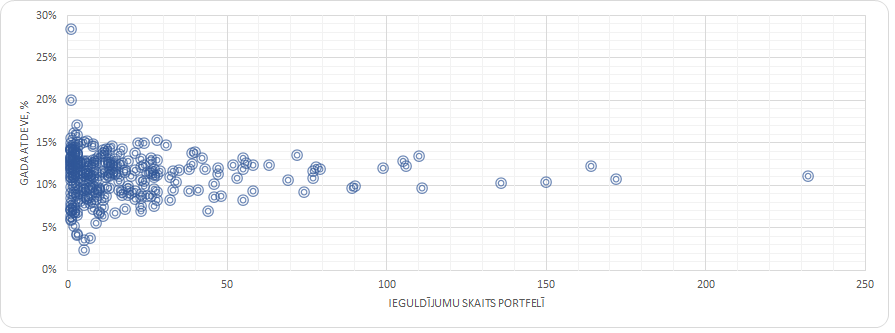

| Broker | Stock purchase in the US | Purchase of shares in Latvia |
| Swedbank | 0.25%, min EUR 10 | 0 |
| Luminor | USD 0.015 per share, min USD 14 | 0.4%, min EUR 5.7 |
| SEB | 0.25%, min EUR 10 | 0.1%, min EUR 1 |
| Interactive Brokers | USD 0.0035 per share, min USD 0.35, max 1% | 0.05%, min EUR 1.25 and max EUR 29 |
| Lightyear | 0.1%, min USD 1 | does not offer |
| Commission, EUR | Return after 1 year | Payback after 5 years | Payback after 10 years | |
| Without commission | 0 | 10.0% | 61.1% | 159.4% |
| Swedbank | 10 | -9.1% | 37.3% | 126.7% |
| Luminor | 12.85 | -13.9% | 31.3% | 118.5% |
| SEB | 10 | -9.1% | 37.3% | 126.7% |
| Interactive Brokers | 0.32 | 9.3% | 60.2% | 158.2% |
| Lightyear | 1 | 7.9% | 58.5% | 155.8% |
| Commission, EUR | Return after 1 year | Payback after 5 years | Payback after 10 years | |
| Without commission | 0 | 10.0% | 61.1% | 159.4% |
| Swedbank | 0 | 10.0% | 61.1% | 159.4% |
| Luminor | 5.7 | -1.3% | 47.0% | 140.0% |
| SEB | 1 | 7.9% | 58.5% | 155.8% |
| Interactive Brokers | 1.25 | 7.4% | 57.8% | 154.9% |
| Lightyear | does not offer |
| Commission, EUR | Return after 1 year | Payback after 5 years | Payback after 10 years | |
| Without commission | 0 | 10.0% | 61.1% | 159.4% |
| Swedbank | 10 | 7.9% | 59.5% | 156.8% |
| Luminor | 12.85 | 7.3% | 59.0% | 156.1% |
| SEB | 10 | 7.9% | 59.5% | 156.8% |
| Interactive Brokers | 0.32 | 9.9% | 61.0% | 159.3% |
| Lightyear | 1 | 9.8% | 60.9% | 159.1% |

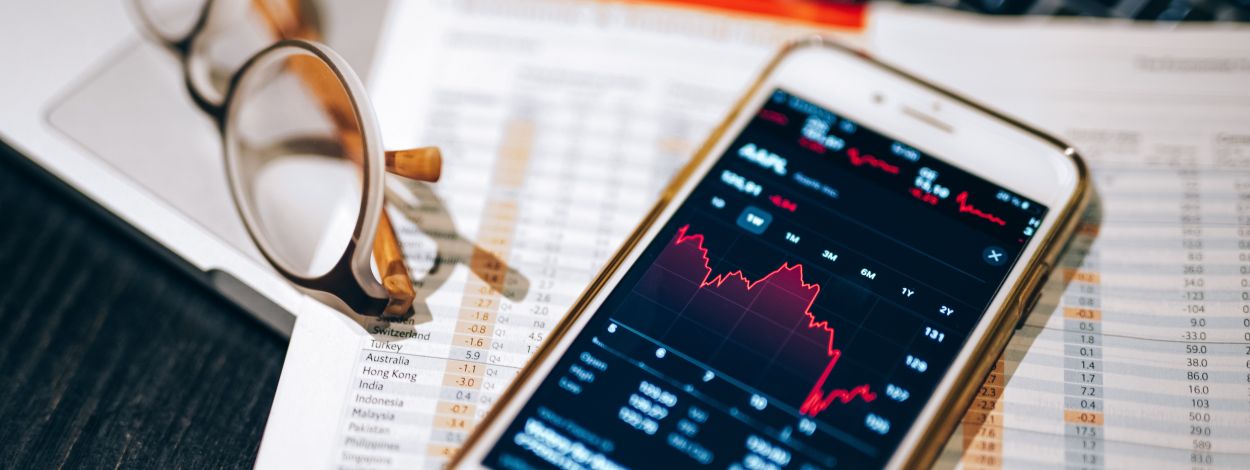
Index | Annual return, 5 years |
Annual return, 10 years | Annual return, 20 years |
Companies |
S&P 500 (US) |
16.9% | 8.9% | 9.5% |
500 |
S&P 500vs*8 (US) |
16.9% | 10.4% | 11.0% |
500 |
NASDAQ (USA) |
20.2% | 10.5% | 12.1% |
3,300 |
FTSE (UK) |
5.6% | 3.9% | 6.2% |
100 |
DAX (Germany) |
9.3% | 5.2% | 5.8% |
30 |
Nikkei (Japan) |
10.7% | 2.9% | 2.6% |
225 |
Stoxx 600 (Europe) |
6.3% | 6.1% | 6.8% |
600 |
MSCI Emerging markets (Developing countries) |
10.6% | 4.6% | 8.1% |
1,400 |
MSCI World (Developed Countries) |
10.9% | 4.6% | 6.4% |
1,600 |
Index | Annual return, 5 years |
Annual return, 10 years | Annual return, 20 years |
Companies |
Baltic Benchmark | 8.6% |
9.1% | 10.9% |
22 |
Baltic 10 | 9.4% |
10.2% | n/a |
10 |
Baltic All | 6.9% |
9.5% | 10.8% |
51 |
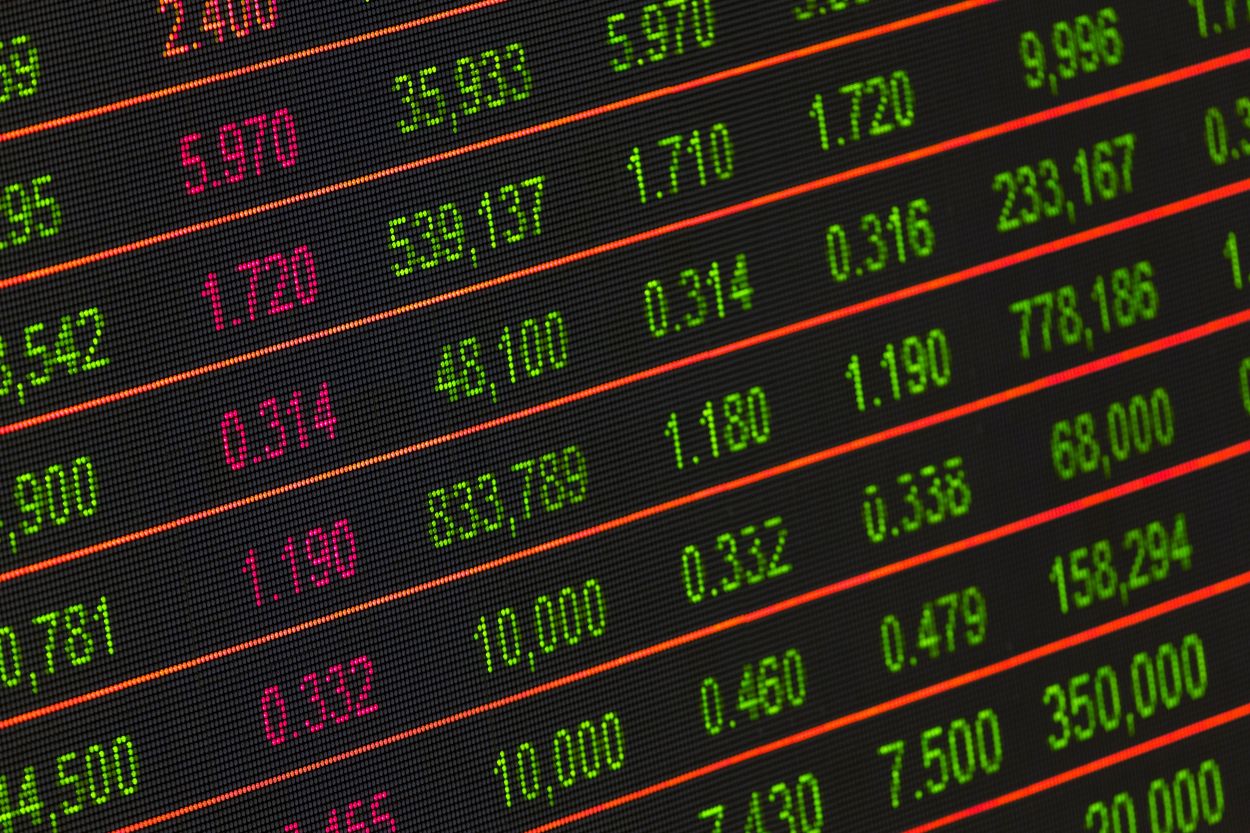

Company | Promotion price | Earnings per share |
Payback years |
Heather | 4.45 |
0.69 | 6.45 |
Enefit Green |
4.42 | 0.42 | 10.52 |
HansaMatrix | 8.2 | -1.21 |
-6.77 |
Ignitis Group | 20.3 |
4.04 | 5.02 |
Madara Cosmetics |
16 | 0.3 | 53.33 |
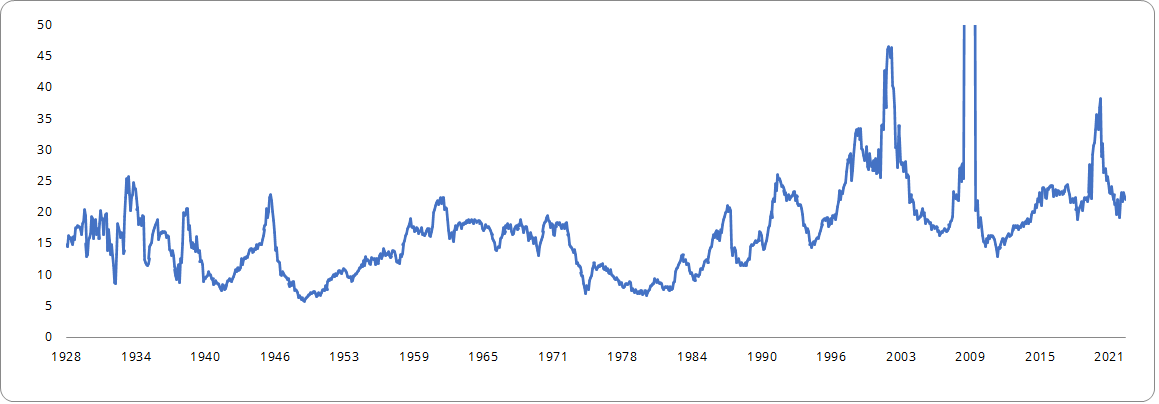
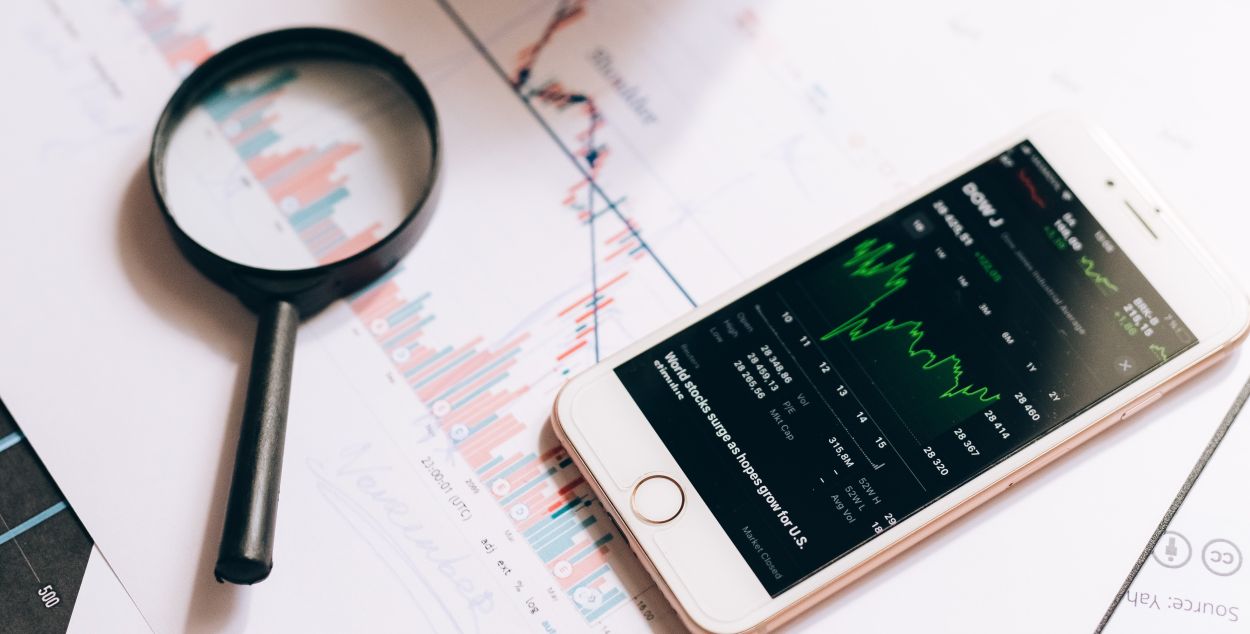

Title | Industry |
Capitalization | Place |
After capitalization | Equal weight |
|
Ignitis grupė | Energy | 1,531,338,375 |
1 | 20.9% |
10.0% |
Telia Lithuania |
Telecommunications | 1,176,879,002 | 2 | 16.1% | 10.0% |
|
LHV Group | Finance | 1,140,139,073 |
3 | 15.6% |
10.0% |
Enefit Green |
Energy | 1,135,065,869 | 4 |
15.5% | 10.0% |
|
Tallink Grupp | Basic consumer services | 435,120,679 | 5 | 6.0% |
10.0% |
Tallinna Kaubamaja Grupp |
Basic consumer services | 426,009,897 | 6 | 5.8% | 10.0% |
|
Šiaulių banks | Finance | 405,293,670 |
7 | 5.5% |
10.0% |
Tallinn Sadam |
transport | 374,512,000 | 8 |
5.1% | 10.0% |
|
LIGHT GRID | Energy | 351,014,600 |
9 | 4.8% |
10.0% |
Latvian Gas |
Energy | 337,496,423 | 10 |
4.6% | 10.0% |
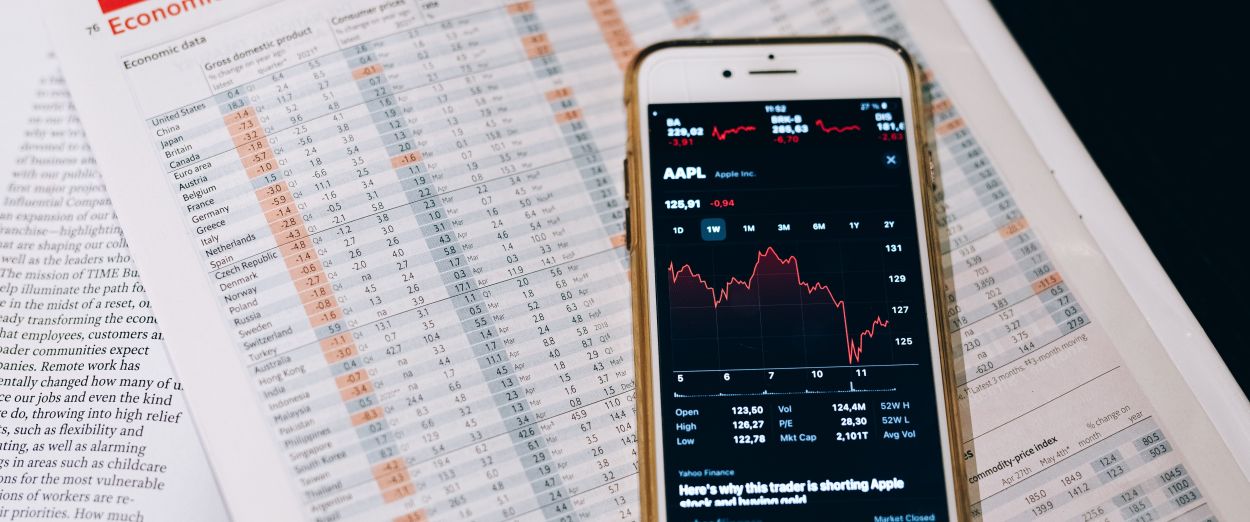
|
Index | 5 years | 10 years |
20 years | 30 years |
|
MSCI World | 10.5% | 10.9% |
4.6% | 6.4% |
MSCI Emerging markets |
10.6% | 4.6% | 8.1% |
7.6% |
Index fund |
Costs | Currency | Stock Exchange |
Symbol |
iShares NASDAQ 100 |
0.33% | EUR | Germany |
SXRV |
iShares MSCI EM ex-China | 0.25% |
USD | Switzerland | EXCH |
iShares MSCI China Tech | 0.45% |
EUR | Germany | CBUK |
|
iShares MSCI EM Asia | 0.2% | EUR |
Germany | CEBL |
iShares S&P 500 Equal Weight | 0.2% | USD | Switzerland |
EWSP |
iShares MSCI World Health Care |
0.25% | EUR | Germany |
CBUF |
iShares MSCI USA Value Factor | 0.2% |
EUR | Germany | QDVI |
iShares MSCI India | 0.65% | USD | Great Britain | NDIA |
|
iShares Healthcare Innovation | 0.4% | EUR |
The Netherlands | HEAL |




| DUE DATE | Bonds, like loans, have a maturity date when the nominal value of the bonds (principal amount of the loan) must be repaid. Generally, companies sell their bonds with maturities of 3 to 5 years, but there are a number of exceptions. For example, banks such as Citadele, Bigbank and LHV have also issued securities with a maturity of 10 years. When the bonds mature, the company cancels or returns the bonds to the investors. An important question is where the company will get the funds to provide such repayment. Usually the answer to this question is that the company hopes to issue new bonds to cover the old ones. However, such an approach will only work if the company continues to operate successfully and if the financial market is in a positive development cycle at the time when the business issues the new bonds. For example, in the second half of 2022, both stock and bond prices in the world and in the Baltic countries decreased significantly. Investor sentiment was apprehensive in anticipation of the impact of inflation and the energy crisis on the economy. In such circumstances, the Estonian company Plusplus Capital was unable to sell a new tranche of its bonds to investors and use these funds to refinance the securities due in the fall of 2022. As a result, despite stable financial performance, the company entered a default situation and was forced to look for an alternative repayment solution with bond investors. Therefore, it is important to make sure what and whether the companies have an alternative plan for repaying the bonds at the end of the term, if re-financing by issuing new bonds does not happen. Countries issue bonds both for very short periods of a few months and even over 10 or even 20 years |
| REFUND | Almost all bonds provide for their repayment at the end of the term. This means that the bond issuer will have earned money to repay the loan at the end of the term or expects to get the money to repay the bonds from the sale of new bonds. This can create a situation where the issuer "hits" with bond repayment in a situation when it is very difficult to attract financing (for example, in March 2020) and default (or get into debt collection). Sometimes, however, companies sell bonds that have a gradual repayment schedule, similar to personal mortgage loans. |
| INTEREST OR COUPON | Bonds usually have a fixed interest rate that remains constant during the term of the bond. In the second half of 2022, in conditions of high inflation, when national central banks also increase the rates at which they lend to banks, companies in Europe increasingly began to issue bonds, which, in addition to a fixed rate, also have a variable rate, which is tied to the Euribor 3- or 6-month rate. Euribor is the rate at which banks in Europe lend to each other. For example, the Latvian waste management company CleanR offered investors its bonds with a fixed interest rate of 6.5% plus 3-month Euribor. At the time of bond release at the end of 2022, such an offer provided an annual return of 8.5%. It is important to remember that a variable rate can be "tied" to both market interest rates and other variables such as inflation. |
| SECURITY | Bonds, like loans, can be secured or unsecured (or partially secured). Collateral quality (liquidity, value, longevity) is an important factor in assessing bond risk. In the event of bond default, in the interest of the bondholders, the collateral may be sold to cover the liability. Most of the Baltic issuers do not offer bonds with collateral, as all the available collateral is already with the financing commercial banks. However, there are exceptions. For example, the bonds of the Lithuanian agricultural company Auga are secured by a pledge on agricultural land. On the other hand, the bonds of the Latvian lending company DelfinGroup are secured by a pledge on the consumer loan portfolio. |
| PUBLIC OR CLOSED | Not all bonds that are issued can be bought and sold publicly. Often, companies choose to make closed bond issues, which are offered to a limited group of investors. In such situations, higher minimum investment thresholds are also often set (usually from EUR 100,000). It is administratively easier for the company to issue closed bonds, because when selling bonds publicly, a series of additional requirements set by financial market supervisors must be met. It should also be noted that even bonds are listed on the stock exchange, this does not mean that they can be freely bought and sold. Regular daily transactions with bonds are only rare for bonds issued by Baltic companies. In any case, it is important to remember that investments in bonds are significantly less liquid than investments in stocks. |
| PRICE AND RETURN | Companies usually sell their bonds at par. This means that if the nominal value of 1 bond is, for example, EUR 1000, then the investor must pay EUR 1000 to buy this bond. However, often the bond price (especially if it is subsequently bought or sold on the stock exchange) may differ from the nominal value. In fact, this means that if the bond price is above par, the % return is less than the bond's coupon rate, while if it is below par, the return exceeds the coupon rate. For example, the bonds of the computer equipment wholesale company Elko Grupa offer investors a fixed annual return of 6%. If an investor buys this bond on the stock exchange at a price of 95% of the nominal value, or 950 EUR, then the investor's return (in English, the term is called yield) from such an investment will be higher than the 6% annual rate. Selling bonds below or above par is a way for the price of these securities to adjust to the surrounding market conditions. |



|
Index | 5 years | 10 years |
20 years | 30 years |
|
World shares 1 | 18.6% |
13.1% | 7.4% | 7.8% |
Baltic shares 2 | 8.6% |
9.1% | 10.9% | no data |
High risk bonds 3 | 2.34% |
2.62% | 4.74% | 5.4% |
Capitalia 4 | 10.8% |
no data | no data | no data |
Mintos 4 | 7.9% |
no data | no data | no data |

Platform | Type |
Specialization |
The crowd |
Loans for small and medium-sized companies in the Baltic States in various sectors | |
Mintos |
Broker | Consumer loans in different countries of the world and from different credit issuers, some of them related |
Estateguru |
The crowd | Loans to real estate developers in the Baltic States and Finland |
|
Crowdestate | The crowd | Loans for real estate developers in Estonia, Latvia, Romania, Italy and Portugal |
Lande | The crowd |
Loans for agricultural companies in Latvia and Romania |
Twino | Broker |
Consumer loans from related consumer lending companies in Latvia, Poland and Vietnam |
Viainvest |
Broker | Consumer loans from related consumer lending companies in Latvia, Romania, Poland, Sweden and the Czech Republic |
Esketit |
Broker | Consumer loans from related consumer lending companies in Jordan, Spain, Czech Republic and Poland |
|
Debit | Broker | Loans for companies in the Baltics, Poland and England from 3 different credit providers |
Getincome | Broker |
Consumer loans in different countries of the world and from different credit issuers |
Bondora | The crowd |
The oldest crowdfunding platform in the Baltic States, issues loans to individuals in Estonia, Finland and Spain |



2020 | 2021 |
2022 | 2023 |
2024 | Average |
Fluctuations | |
Loans for businesses |
11.92% | 8.55% |
10.11% | 12.05% |
11.73% | 10.87% |
1.52% |
Baltic stocks |
11.27% | 42.01% |
-11.75% | 4.19% |
1.46% | 9.44% |
20.03% |
World stocks |
15.90% | 21.90% |
-18.00% | 23.90% |
18.70% | 12.48% |
17.31% |
Real estate |
-9.50% | 25.20% |
-24.30% | 9.90% |
1% | 0.46% |
18.80% |
Investment grade bonds |
-11.14% | -1.57% |
-18.01% | 9.27% |
0.99% | -4.09% |
10.65% |
Speculative bonds |
7.10% | 0.50% |
-12.50% | 13.40% |
2.90% | 2.28% |
9.60% |
Deposits |
-0.59% | -0.69% |
-0.15% | 2.66% |
3.17% | 0.88% |
1.88% |


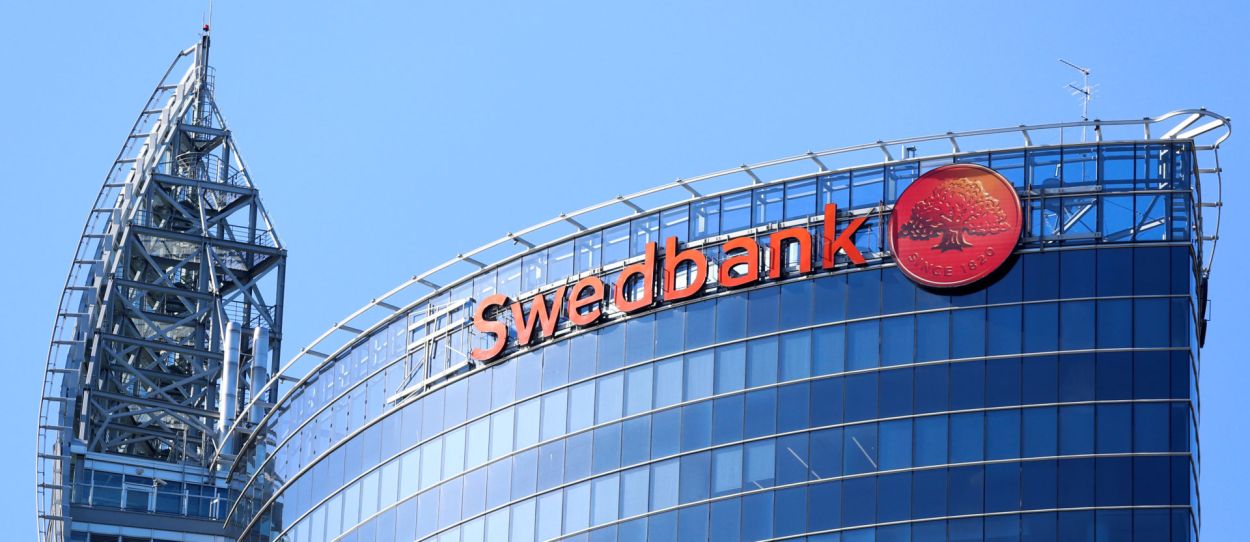
Capitalia is the leading financer for small and medium enterprises in the Baltic sea region. Operating since 2007 we have financed more than 5000 businesses investing over EUR 100 million in their development.
Crowdfunding services are provided by Capitalia, SE, operating under authorization from the Bank of Latvia. Investment in crowdfunding projects entails risks, including the risk of partial or entire loss of the money invested.
Partner of Lemonway, a European payment institution accredited in France by the ACPR (CIB 16568).